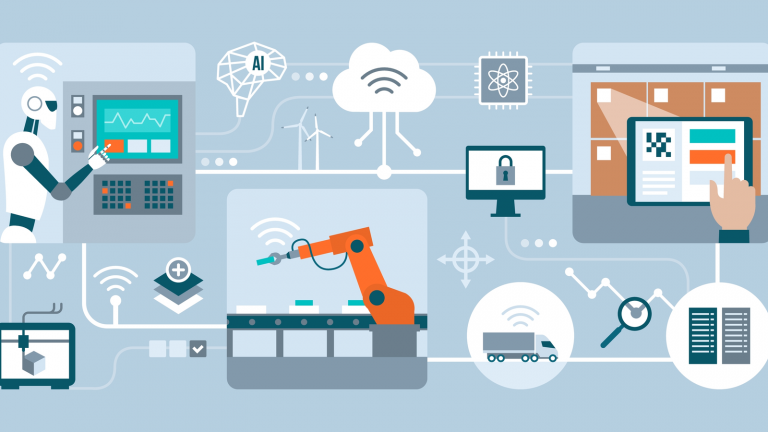On this Independence Day, given all the buzz about artificial intelligence (AI), I can’t help but wonder if the word “independence” will soon take on a whole new meaning.
What will freedom look like by 2030, even 2025?
Let’s say we do create a new generation of AI technologies that can clean homes, mow lawns, teach classes, cook food, write code, diagnose diseases…
What then?
Tens of millions of Americans will be out of work – replaced by an army of robots that don’t require a paycheck and never take a day off.
According to a new report from the Brookings Institution, 36 million Americans hold jobs that could be automated by AI over the next several years. Cooks, waiters, truck drivers, clerical office workers, and writers are among those seen as the most at-risk.
Let’s contextualize that because it is a huge number.
The working-age population in the U.S. is about 200 million people. Therefore, AI could increase the unemployment rate by 18 percentage points, on top of today’s ~4% unemployment rate.
After crunching those numbers, it becomes clear that in a world where AI rules everything, we could be sitting at 20%-plus unemployment levels.
AI Could Destroy Financial Freedom
The U.S. economy has never before seen unemployment levels that high. Since World War II, the unemployment rate has averaged 5.7%. Peak unemployment came during the depths of the COVID-19 pandemic. That was below 15%, and it lasted just one month.
With AI, we could be staring at unemployment rates far above that – and it would last for years.
The common school of thought is that those tens of millions displaced by AI will learn new skills and get new jobs. Society will adapt, as it always does.
Now, you never want to be the one who says, “this time will be different.” It seldomly is.
But this time may actually be different.
That’s because this is the first time we are bringing to market a new technology that actually learns from itself. AI isn’t a “set it and forget it” technology. It’s ever-evolving and ever-growing. It will keep getting better, and it will likely improve at a pace faster than humans can learn new skills.
By the time displaced laborers master a new skill, AI will likely have already figured out how to do it. Time to “reskill” again.
This may be the pattern for the foreseeable future, which is why AI may create an economy wherein 20% unemployment is the norm.
Hedging Against an AI-Fueled Catastrophe
That’s why I think “freedom” and “independence” may take on a whole new meaning in a few years.
Today, we take them for granted. Most of us who want a job have one. Most folks have disposable incoming. They have choice. They have freedom and independence.
But in a few years, 20% of America may not have that anymore.
At least financially speaking, one in five Americans may not be “free” at all in a few years.
It is a scary thought. And to be clear, I don’t think that is the future.
Rather, I believe that AI will enhance our lives and that society will adjust, as it always does. I’m a big “this time is not different” guy.
But I may be wrong.
And if my optimism is misplaced, it could mean catastrophe for 1 in 5 Americans.
You need to hedge against that risk – the end of financial freedom and independence.
And that’s why you need to invest in AI stocks today.
The Final Word
The best way to hedge against an AI Apocalypse – to ensure that you don’t get left behind and, instead, thrive in it – is to invest in the best AI stocks right now.
And what better way to invest in the AI Revolution than by investing in the firm that started it all?
The hype around AI began in late 2022, when OpenAI launched its revolutionary chatbot ChatGPT. Since then, OpenAI’s valuation has doubled. But because the startup isn’t publicly traded, most retail investors missed out on those gains.
But I discovered a loophole that allows you to invest in OpenAI.
Like investing in Apple (AAPL) in the 1980s or Amazon (AMZN) in the 1990s, this is an opportunity you can’t afford to miss.
Learn how to hedge against the risk of financial catastrophe.
On the date of publication, Luke Lango did not have (either directly or indirectly) any positions in the securities mentioned in this article.


